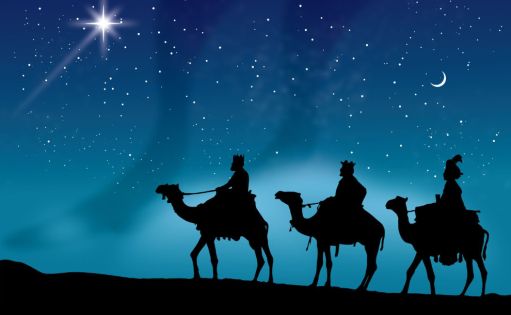© 2022, Calgary Centre of the Royal Astronomical Society of Canada
This extraordinary celestial event has mystified astronomers for centuries. In the Bible, the Gospel of Matthew mentions that the birth of Jesus was accompanied by a “star” that led the Magi (the three wise men) to Bethlehem.
It took the trio two years to travel from Arabia and Matthew records that they spoke with King Herod upon their arrival. As the King died in 4 B.C. and some biblical scholars believe that Jesus was born around 6 B.C., it would thus make sense that the “star” that guided the Magi must have appeared about the same time.
Astronomical events that may have occurred around 6 B.C.:
A Meteor – Atmospheric friction causes meteors to burn up as they streak across the sky, but even a large one only lasts a few seconds.
Comet – Comets were considered bad omens. The Greek word for “star” is “aster,” thus a comet was a bad star or a “dis-aster.” Halley’s Comet was visible in 12 B.C., so too early.
Supernova – Hinted at by seventeenth century astronomer Johannes Kepler, but our radio telescopes have yet to detect any evidence of an exploded star from that timeframe.
Planetary Conjunction (two or more planets appearing close together) – A quadruple gathering took place on February 20, 6 B.C., of the Moon, Mars, Jupiter, and Saturn.
Occultation of the Moon and Jupiter – The Magi, being astrologers, may have believed that a new ruler would be born when the Moon occulted (passed in front of) Jupiter, the king of the planets. Such an event happened on April 17, 6 B.C.
An Unknown Cosmic Phenomena – Light years beyond the scope of current scientific understanding and one of the many reasons that the Christmas season is so magical.










